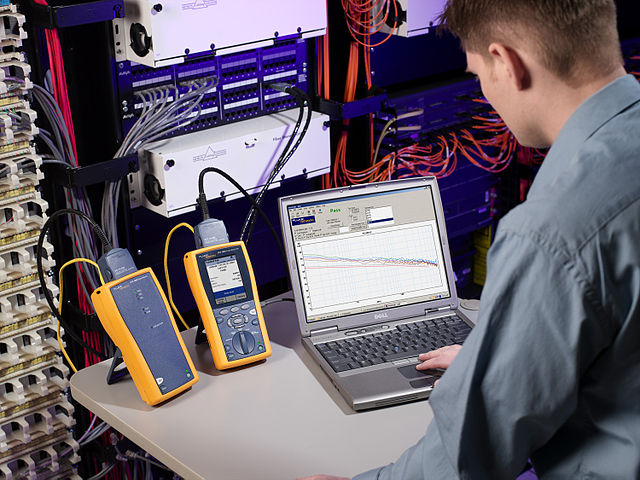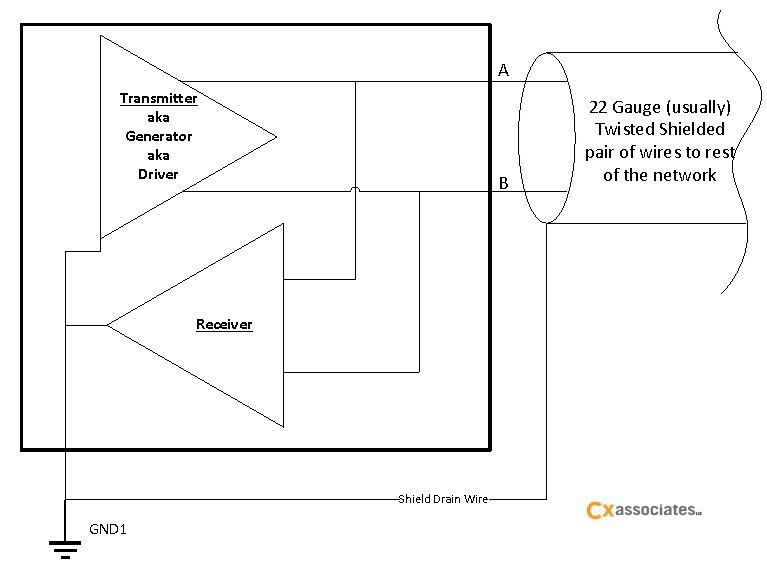Recently, I was down in Philadelphia visiting family. Being late August, it was 95°F out with a dew point in the low 70’s. Overwhelmingly hot was an understatement, but I do know these things are relative. The residential window air conditioning unit (or as we like to call them in the office, “window shaker” for I think obvious reasons) was running full-tilt and not keeping up. The compressor hadn’t paused for the over an hour. Meanwhile, PJM, the Independent System Operator (ISO) serving the large mid-Atlantic/Central US region including Philly was projecting a 142 gigawatt afternoon peak electric load, with more than 1/3 of this load met with “dirt burners,” more commonly known as coal power plants. See the table below for the generation fuel mix and real time and projected load stats. This kind of info is provided on all the ISOs I’ve checked, which is interesting for us energy geeks. Looking at the data, it made me think I should have just shut the thing off.
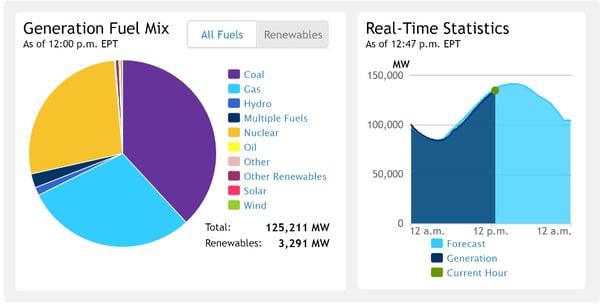 Can It Work for Residential?
Can It Work for Residential?
Working in the commercial HVAC industry, I often find myself looking at residential HVAC through the commercial lens, and wondering why certain things which usually exist in the commercial industry don’t exist in residential as well. The usual answer is cost, or more precisely, lack of an economy of scale. Some technologies, while cost effective when implemented at a larger scale in commercial buildings, simply cannot be made practical at smaller scale. Water cooled chillers are a good example of this—we never see these in residential applications despite their higher efficiency at heat rejection when compared to air cooled chillers. While cost is often an answer, there is also the more “convention” based argument. i.e. “this is how we’ve always done it,” even though an alternative might be cost effective.
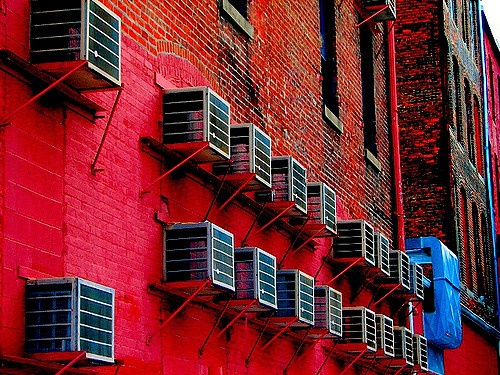 Image by Flickr user Jan Tik
Image by Flickr user Jan Tik
Economizing With Outside Air
One of the things most obviously lacking for me in residential HVAC is the commonplace use of automatic mechanical outside air economizer controls—in other words, when the outdoor air temperatures permit, cool the space by bringing cool outdoor air into the building. OK, so you might ask if I’ve ever heard of operable windows….and this is definitely an option and the default mode for “free cooling” of a residence. However, to be done right, and to take advantage of the majority of hours in the year in which conditions are favorable, there needs to be automated control. I think it’s safe to say the window AC unit that kept me company recently (and somewhat cooler than I’d have been otherwise) most definitely does not have the capability of nighttime economizer, even if Philly was a good climate region for this feature. And further, converting window AC units to be appropriate for economizer operation may have a set of its own challenges. But even proper, new construction, whole house AC systems do not typically have this capability. Why not?
Substantial Savings Opportunities In Some Climate Zones
I’m not the only one asking, or at least looking into this. A recent study by the Lawrence Berkeley National Laboratory, Residential Pre-Cooling: Mechanical Cooling and Air-Side Economizers (PDF)[1] by Turner, Walker & Roux, quantified as one portion of a study, the potential for moving this commonplace commercial building energy saving strategy into the residential marketplace. As we would expect, the findings show that the best climates for economizer savings are ones which are generally drier, have high cooling loads, and have a large diurnal (day/night) temperature swing. Good examples are much of California, Texas, and Arizona. For much of the areas in these regions, the additional ventilation costs associated with moving more air at nighttime are largely or even completely outweighed by the cooling energy savings. For regions where the diurnal swing is less, or for where high humidity levels are an issue, the savings are less significant. The table below, excerpted from the LBNL report, compares the annual ventilation energy use, with and without economizer. Because residential fan efficiency is nearly an order of magnitude less than commercial due to smaller fan wheel diameter and other factors, the cooling energy savings resulting from economizer operation, even with higher efficiency BPM (aka “ECM”) motors, is in part cancelled out by the fan energy required to bring in large volumes of outdoor air during periods of favorable economizer operation.
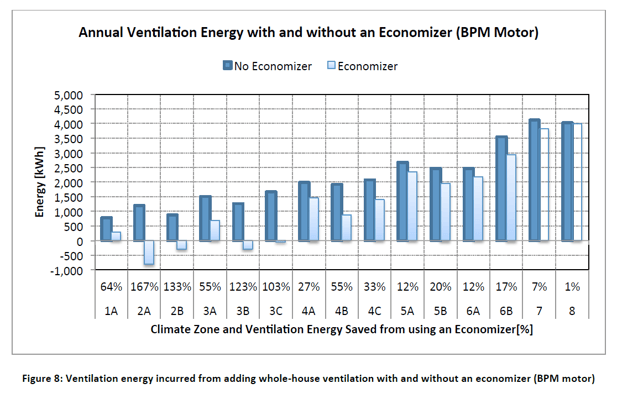 Chart excerpted from the LBNL report
Chart excerpted from the LBNL report
Across all climate zones, the average savings for residential economizer was 12%. In climate zone 6A (e.g. northern New England, portions of Minnesota) the economizer ventilation savings is also roughly 12%. This may represent an annual savings of around 300 kWh per household. At least from an energy-cost-only perspective, this is a relatively small annual savings and likely would result in an indefinite simple payback period if added as a retrofit only. However, since during daytime and especially peak hours the fuel mix for generation tends to be dirtier in terms of CO2 emissions, thoroughly cooling during nighttime hours with outdoor air is likely substantially cleaner per kWh than mechanically cooling during daytime hours. In climates with higher daytime cooling loads and cool nights, annual savings can be far more, on the order of 2,000 kWh/year.
Cooling Ahead of Peak
The other half of this LBNL study looks at adding a mechanical pre-cooling as well as economizer. Mechanical pre-cooling involves cooling a residence to several degrees below setpoint for 4-8 hours before the utility peak period (e.g. 4-8 PM) following by bumping the setpoint up at peak to let the building “float” through the utility peak period. While this approach universally increases energy consumption, it reduces load during the utility peak which again, is often the most dirty and expensive power. While time-of-use rates are not yet commonplace for residential customers in the US, they are beginning to be rolled out. This kind of pricing, which somewhat better aligns utility spot market price with consumer prices, provides a price signal to consumers which may encourage more voluntary peak load reduction through scheduling, pre-cooling, and economizer controls in appropriate climates.
[1] Residential Pre-Cooling: Mechanical Cooling and Air-Side Economizers; Turner, Walker, Roux; Draft Report LBNL—180960, Environmental Energy Technologies Division, Ernest Orlando Lawrence Berkeley National Laboratory, September 2015.


